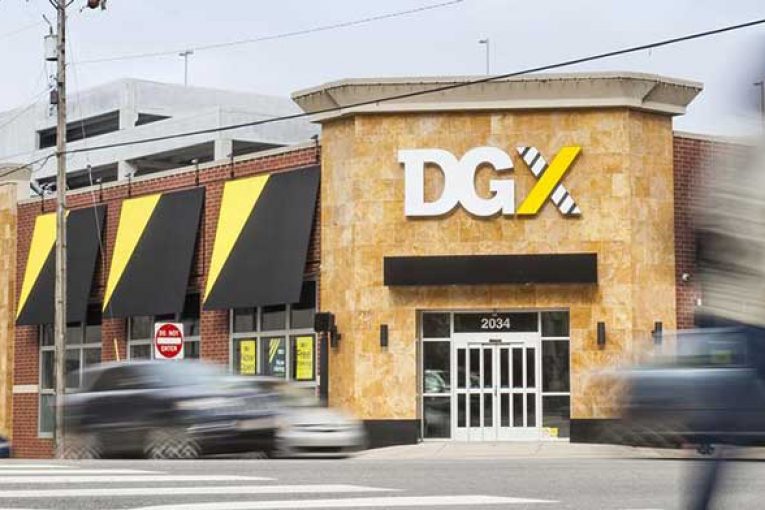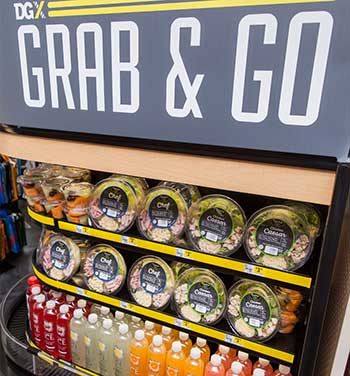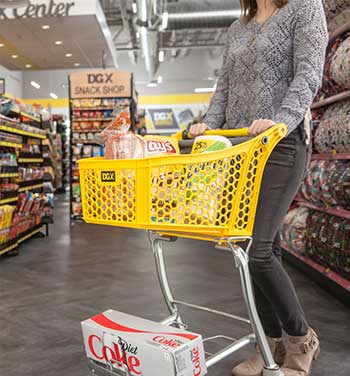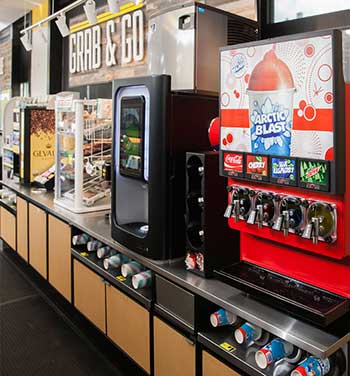Amazon.com Plans First Air Cargo Hub
Retailer expects facility at Cincinnati/Northern Kentucky Airport to create more than 2,000 jobs
Workers prepare orders for customers at an Amazon fulfillment center in Tracy, Calif., in 2015. PHOTO: FRED GREAVES/REUTERS
Amazon.com Inc. said Tuesday it plans to build its first air cargo hub to accommodate its growing fleet of planes, signaling the company is ramping up its expansion into transporting, sorting and delivering its own packages.
The Seattle-based retailer said it expects the new air hub, located at Cincinnati/Northern Kentucky Airport in Hebron, Ky., to create more than 2,000 jobs. The move will lessen its dependence on traditional carriers, including United Parcel Service Inc. and FedEx Corp., both of whose largest hubs are nearby.
Last year, Amazon said it was planning to lease 40 cargo planes, 16 of which are currently in its fleet. It also brought on a dedicated network of 4,000 semi trailers to increase trucking capacity and has a fleet of citizen courier Flex drivers making deliveries in major metro areas.
Amazon’s goal is to eventually haul and deliver packages for itself as well as other retailers and consumers—making it a direct competitor with UPS and FedEx, according to people familiar with the matter. The air cargo hub follows Amazon’s recent ocean debut, handling shipment of goods by ocean to its U.S. warehouses from Chinese merchants selling on its site, taking on a role it previously left to global freight-transportation companies.
Amazon’s plans call for around $1.5 billion in investment and upward of 2 million square feet, said Dan Tobergte, CEO of the Northern Kentucky Tri-County Economic Development Corporation. He’s trying to secure $40 million in incentives for the project, which he expects to break ground as soon as needed approvals are received.
The investment is expected to eventually include several buildings, material-handling equipment and a place to park airplanes, he added. Amazon didn't say when the air hub will open.
Amazon’s announcement could foreshadow “significant further investment in air-cargo logistics infrastructure,” adds Robert W. Baird & Co. analyst Colin Sebastian in a note, eventually leading to Amazon becoming a competitor in the freight and logistics market and shipping packages for third parties.
Still, Amazon’s relatively new transportation network is currently dwarfed by traditional carriers like UPS and FedEx. UPS’s largest air hub, Louisville, Ky. ’s Worldport, employs nearly 10,000 people, for example, and the delivery giant’s world-wide air fleet totals more than 500. That hub has the capacity to sort about 416,000 packages per hour and is about 5.2 million square feet.
It appears—for now—Amazon is more concerned with shoring up its own volume to ensure it has enough capacity during busy times like the holidays than competing with the carriers, analysts said.
Amazon’s airport location choice means it will be neighbors with Deutsche Post AG’s DHL, a major provider of international shipments to the e-commerce giant. DHL also has a big hub at the Cincinnati airport. That could facilitate transferring shipments between planes and further lessen Amazon’s dependence on UPS and FedEx.
The online retail giant already has a large presence in Kentucky, with 11 fulfillment centers in place there in part due to the area’s central location that enables it to act as a logistics hub.
The location chosen by Amazon is within about a two day’s drive of a significant amount of the U.S. population, said Jack Atkins, a transportation analyst with Stephens Inc. “It makes sense that Amazon would want to build something that fits their freight and how they view their logistics needs,” he added.
The site’s new jobs may count toward the 100,000 jobs Amazon pledged in early January to create in the U.S. by mid-2018.

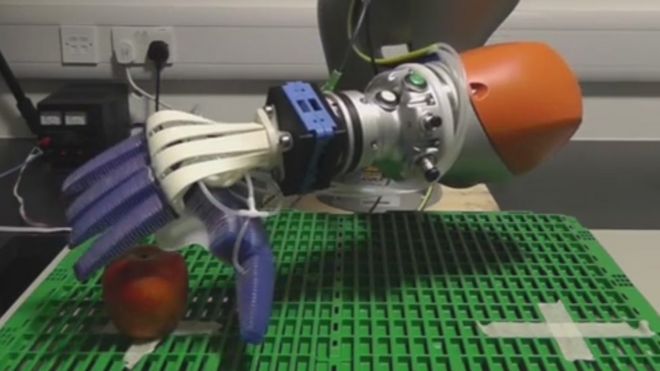
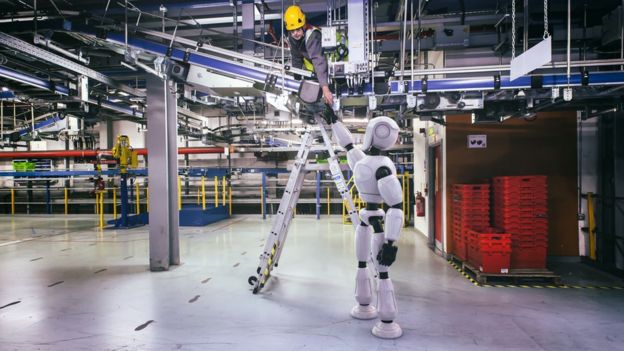
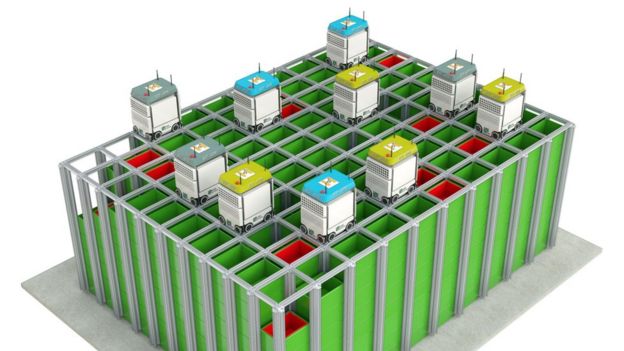
 Starbucks unveiled a new third-party skill for Amazon Alexa this morning, letting regular customers reorder their favorite coffee and food by saying “Alexa, order my Starbucks” to a device powered by the online retail giant’s voice-enabled personal assistant.
Starbucks unveiled a new third-party skill for Amazon Alexa this morning, letting regular customers reorder their favorite coffee and food by saying “Alexa, order my Starbucks” to a device powered by the online retail giant’s voice-enabled personal assistant.

/cdn1.vox-cdn.com/uploads/chorus_image/image/52893465/457902745.0.jpg)


